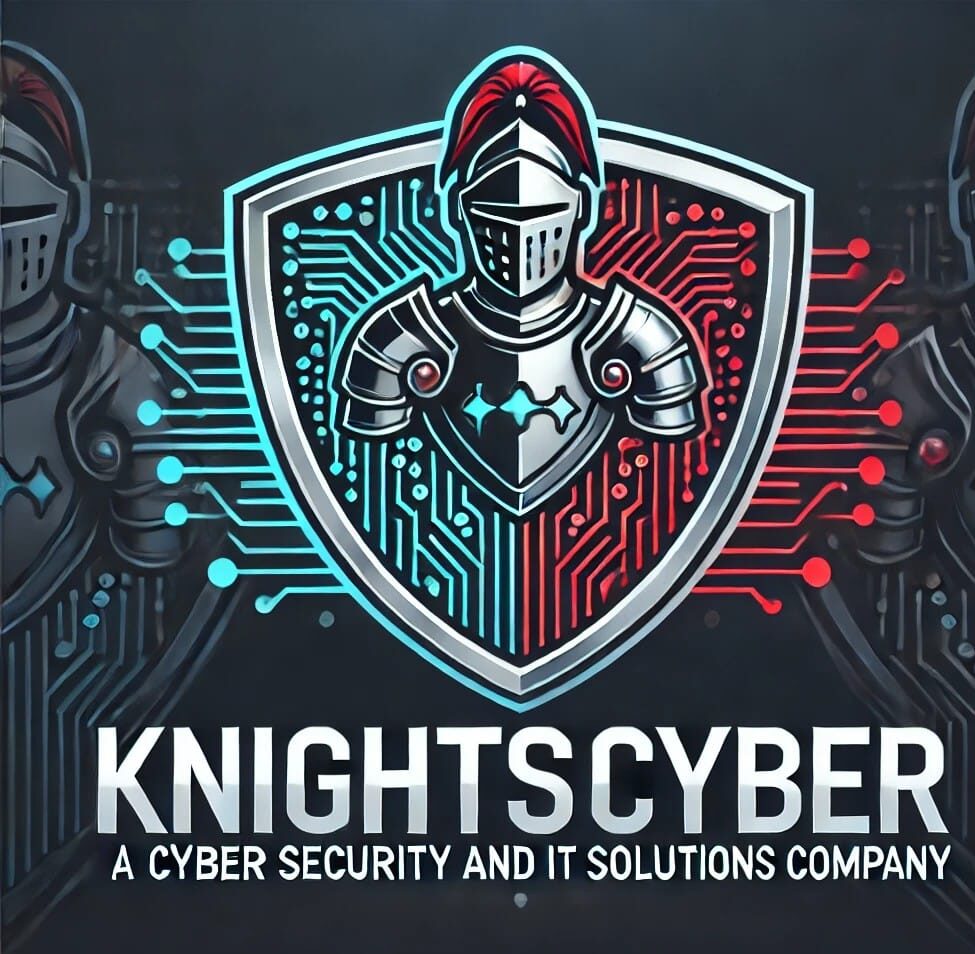Unlocking Cybersecurity Success: Your Guide to the Cybersecurity Trinity
CyberSecurity
Unlocking Cybersecurity Success: Your Guide to the Cybersecurity Trinity
In the increasingly interconnected digital landscape, the quest for robust cybersecurity measures has never been more crucial. As businesses and individuals grapple with the complexities of cyber threats, understanding and implementing the Cybersecurity Trinity offers a strategic pathway to safeguarding digital assets. This blog aims to unravel the layers of the Cybersecurity Trinity and highlight practical steps to enhance your cybersecurity framework.
Understanding the Cybersecurity Trinity
The Cybersecurity Trinity is a holistic approach that focuses on three core components—Prevention, Detection, and Response. By emphasizing these pillars, organizations can create a comprehensive strategy that addresses both current threats and future vulnerabilities.
Prevention
Prevention is the first line of defense in cybersecurity. It involves proactive measures designed to protect systems, networks, and data from unauthorized access or attack. Here are critical components of effective prevention:
- Access Control and Authentication: Implementing strict access controls and multi-factor authentication (MFA) to ensure that only authorized users can access sensitive information.
- Data Encryption: Encrypting data both in transit and at rest to protect it from being intercepted or accessed by unauthorized individuals.
- Regular Updates and Patch Management: Keeping software and systems updated to defend against known vulnerabilities and exploits.
- Security Awareness Training: Conducting regular training sessions for employees to recognize phishing attempts and follow best security practices.
Detection
Even with the most sophisticated prevention systems, no organization is immune to cyber threats. Detection is crucial for identifying breaches quickly and minimizing damage. Effective detection involves:
- Intrusion Detection Systems (IDS): Deploying IDS to monitor network traffic for suspicious activities and potential threats.
- Security Information and Event Management (SIEM): Utilizing SIEM solutions to correlate events from multiple sources and provide real-time insights into potential security incidents.
- Regular Audits and Monitoring: Conducting routine audits and continuous monitoring to detect anomalies and ensure compliance with security policies.
Response
Responding effectively to cyber incidents is essential to mitigate damage, recover compromised data, and prevent future attacks. Key elements of an effective response strategy include:
- Incident Response Plan: Developing a comprehensive incident response plan that outlines procedures for managing and mitigating cyber incidents.
- Forensic Analysis: Conducting forensic analysis to identify the attack vector, understand the impact, and enhance future prevention mechanisms.
- Communication Strategy: Establishing clear communication protocols to inform stakeholders, including customers and regulatory bodies, in the event of a breach.
Implementing the Cybersecurity Trinity
Transitioning from understanding to implementation requires strategic planning and commitment from all organizational levels. Here are steps to effectively integrate the Cybersecurity Trinity into your operational framework:
Assess Your Current Security Posture
Begin with a comprehensive assessment of your existing security measures. Identify gaps and weaknesses, and align your security strategy with organizational goals. This evaluation sets the foundation for building a robust Cybersecurity Trinity.
Develop a Culture of Security
Cybersecurity is not just a technology issue but a cultural one. Encourage a cybersecurity-first mindset across the organization by promoting awareness and accountability. Ensure everyone, from top executives to entry-level employees, understands their role in maintaining security.
Invest in Advanced Technologies
Leverage emerging technologies to bolster your Cybersecurity Trinity. Consider investing in:
- Artificial Intelligence (AI) and Machine Learning (ML): To enhance detection capabilities by analyzing patterns and predicting potential threats.
- Behavioral Analytics: To monitor user behavior and identify irregularities that may indicate security breaches.
- Automated Response Systems: To quickly enact mitigation strategies during cyber incidents.
Continuous Improvement
The cyber threat landscape is dynamic; therefore, continuous improvement is vital. Regularly review and update your security measures, incorporating lessons learned from past incidents. Stay informed of evolving threats and innovative defense mechanisms to remain ahead of cyber adversaries.
Conclusion
The Cybersecurity Trinity is an invaluable framework for protecting your digital assets against an ever-evolving threat landscape. By focusing on Prevention, Detection, and Response, organizations can create a resilient security posture that not only mitigates risks but also builds trust with stakeholders. Remember, effective cybersecurity is a continuous journey, requiring vigilance, education, and innovation to keep your defenses robust and your data secure.
Embrace the Cybersecurity Trinity as your guide to unlocking cybersecurity success and securing a safer digital future.
